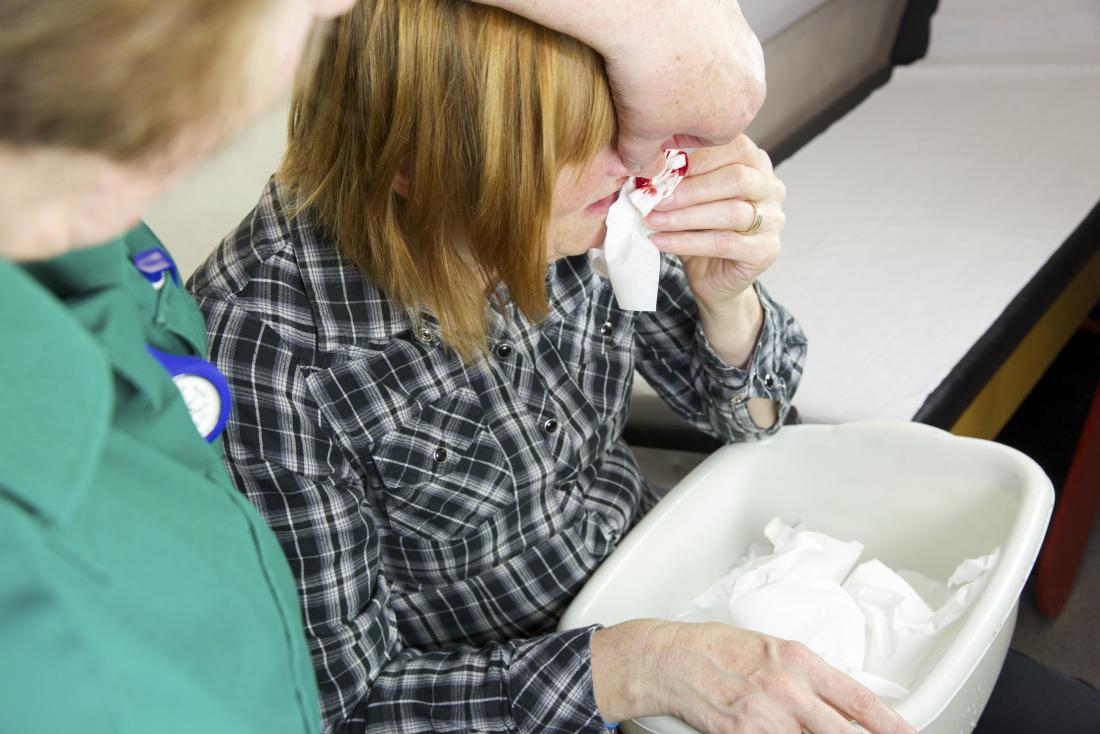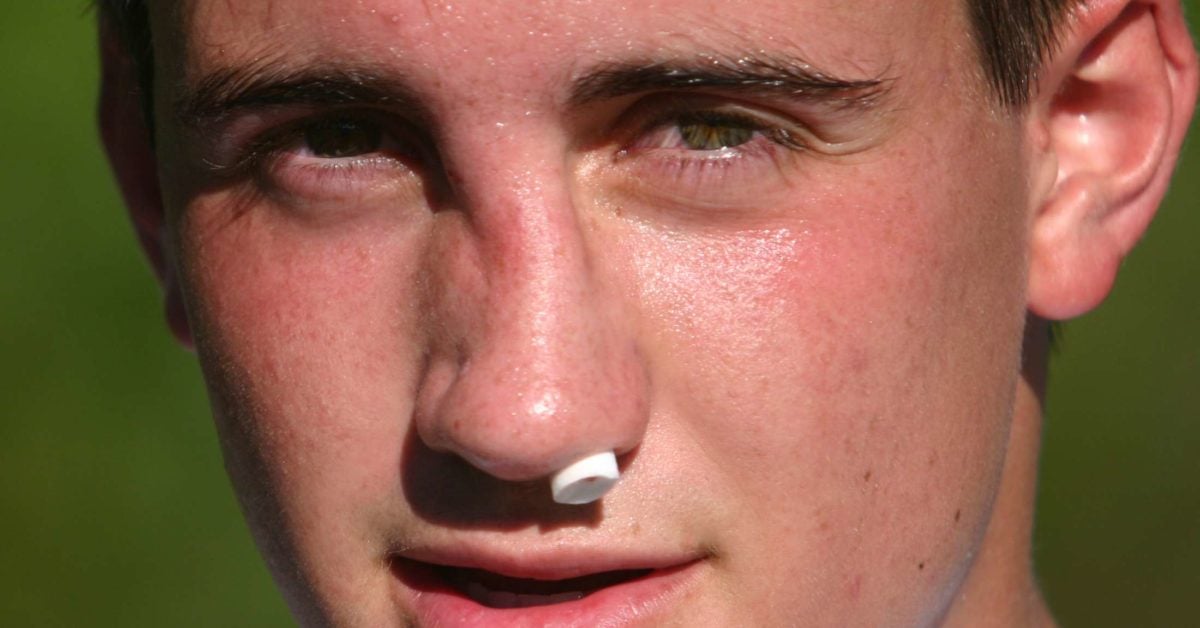Back cracking can occur whenever the spine’s facet joints are manipulated out of or into their normal position, such as when twisting the lower back or neck. When the facet joints move like this, they can produce an audible crack or pop along with a grinding sensation or sudden relief of pressure.
The cracking, popping, snapping, or grinding sensation that occurs when a joint moves is called crepitus and is usually a harmeless occurrence. Watch:Video: Why Do My Joints Crack?

Headgear: Peel the headgear tabs away from the headgear straps then press tabs against the headgear straps to reattach e. Connect the side straps to the headgear tab located at the base of the crown strap. Connect the bottom strap tabs near the back of the headgear. Sit on the ground with your knees bent. Place the foam roller behind you in the approximate position where you need to crack your upper back. Lay back on the foam roller and adjust the foam roller to the right spot under your upper spine. Put your hands behind your head to support your neck.
There are two facet joints at each level of the spine, one on the right and the other on the left side. Each facet joint consists of a bony protrusion from the upper and lower vertebrae that are connected together by synovium and a network of ligaments.
Watch Facet Joint Anatomy Animation
Back cracking, also called crepitus, is a common occurrence that differs slightly for everyone. Cracking the facet joints is typically not painful or cause for concern.
Possible Causes of Cracking Spinal Joints
There is no consensus on what causes joints to crack or on the potential long-term effects of frequent back cracking. The mechanisms that cause joints to crack or grind can differ from person to person. There are three primary theories about why facet joints crack, pop, or grind:
- Cavitation. Surrounding each facet joint is a capsule of liquid, called synovial fluid, that lubricates the joints and allows for smooth, comfortable movements. One theory on crepitus suggests that air pressure within the joint is suddenly altered when the joint is cracked, resulting in the formation or collapse of an air cavity in the synovial fluid that produces a popping sound.1
- Ligament or tendon snapping. When a tight or tense ligament is pulled across a surface of bone, cartilage, or another tendon or ligament, it can create a snapping noise similar to a joint crack or pop.
- Bone grinding. Deteriorated cartilage surrounding a spinal joint can cause popping, cracking, or grinding. Cartilage may wear down from overuse and/or age, causing the bones of the joint to rub together and produce a grinding sensation and a sound similar to a crack or pop.
After a joint is cracked, it can take about 20 minutes for it to be able to crack again. It is thought that during this refractory period, the joint needs to “reset,” or return to its previous position and pressure. Forcing the joint to crack again as it resets is not advised, as doing so can push the joint past its comfortable range and strain the surrounding ligaments.
Impact of Back Cracking on The Spine
The exact mechanics of facet joint cracking and its possible effects are not fully understood. The effects of joint cracking likely vary due to individual differences in overall muscle and joint function. As a general rule, cracking the spinal joints does not cause pain or necessitate medical attention.

Back Cracking and Back Pain Relief
Cracking the facet joints is known to provide temporary relief from low back stiffness or joint pressure. More research is needed to identify any long-term benefits of back cracking.
Manual manipulation, a common method of back and neck pain relief, may focus on adjusting the facet joints to provide a healing environment and reduce pain. These adjustments may create a cracking sound.
Medical literature suggests that manual manipulation of the facet joints can contribute to decreased stiffness, improved range of motion, and a temporary reduction in pain.2 Manual manipulation, also called spinal adjustments, is commonly provided by chiropractors and osteopathic physicians.
See Chiropractic Adjustment
When Back Cracking Warrants Medical Attention
If back cracking is paired with troubling or painful symptoms, it may indicate a structural or degenerative problem with the joint. If the following occurs with facet joint cracking, medical attention may be warranted:
- Stinging, throbbing pain. Pain that feels sharp, stabbing, hot, or throbbing can sometimes occur when a joint is cracked. In the spine, this pain may indicate that a joint is pinching or irritating a nerve root.
- Consistent cracking. A joint that consistently cracks, pops, or grinds when moved can be a sign of joint dysfunction. Possible causes of consistent joint cracking and grinding include a damaged ligament or cartilage, deteriorated synovial capsule, and/or bone to bone grinding from osteoarthritis or other causes.
- Locking joint. If one of the spinal joints feels like it sticks or locks in place with certain movements, the joint structures may be deteriorated.
- Recent injury. If a noticeable change in joint cracking occurs after a trauma or injury, medical attention is typically advised to ensure that a structural change (such as a minor fracture or torn ligament) is not disrupting joint function.
If any of the above symptoms, or other concerning symptoms, are present it is advisable to consult a physician for diagnosis and treatment.
There is little consensus regarding the long-term implications of habitual joint cracking. It is thought that when a joint is repeatedly cracked, it is consistently pulled out of its natural position, which may cause the ligaments around the joint to loosen over time. Currently there is no known correlation with joint cracking and degenerative changes.
References
- 1.Kawchuk GN, Fryer J, Jaremko JL, Zeng H, Rowe L, Thompson R. Real-time visualization of joint cavitation. PLoS ONE. 2015;10(4):e0119470.
- 2.Furlan A, Tazdi F, Tsertsvadze A, et al. Complementary and Alternative Therapies for Back Pain II. Evidence Report/Technology Assessment No. 194. AHRQ Publication No. 10(11) E007. Rockville, MD; Agency for Healthcare Research and Quality. October 2010. Accessed February 3, 2017.

This material must not be used for commercial purposes, or in any hospital or medical facility. Failure to comply may result in legal action.
Medically reviewed by Drugs.com. Last updated on Nov 16, 2020.
- Care Notes
- Overview
WHAT YOU NEED TO KNOW:
What is a nasal fracture?
A nasal fracture is a crack or break in your nose. You may have a break in the upper nose (bridge), the side, or the septum. The septum is in the middle of the nose and divides your nostrils.
What are the signs and symptoms of a nasal fracture?
- Pain and swelling
- Nosebleed
- Deformed nose
- Crackling sound when you touch or move your nose
- Bruising on your nose or under your eyes
How is a nasal fracture diagnosed?
Your healthcare provider will ask you when, where, and how the injury occurred. You may need any of the following:
- A nasal exam will be done to check your injury. You will be given pain medicine before your healthcare provider touches and looks at the outside and inside of your nose. He or she will remove blood clots and check for hematomas (collections of blood).
- An x-ray or CT may show the nasal fracture. You may be given contrast liquid before the scan. Tell the healthcare provider if you have ever had an allergic reaction to contrast liquid.
How is a nasal fracture treated?
How To Crack Your Nose Back Into Place Setting Time
- Medicine may be given to decrease pain or help prevent a bacterial infection. Ask how to take pain medicine safely. Medicine may also be given to decrease nasal swelling and help make breathing easier.
- Wound care may help stop bleeding. If you have a hematoma inside your nose, it will be drained. Healthcare providers may place packing (gauze or other material) inside your nose to soak up blood.
- Closed reduction may be done to put your nasal bones back into the correct position. Local or general anesthesia is used during this procedure. This procedure may be done right away or several days after your injury when the swelling has gone down. Surgery (open reduction) to put your bones back into place may be needed for severe fractures.
- Splints or packing help keep your nose in place for 7 to 10 days after a reduction. Ask your healthcare provider how to care for your wounds, splint, or packing.
How do I care for my nasal fracture at home?
How To Crack Your Nose Back Into Place
- Apply ice on your nose for 15 to 20 minutes every hour or as directed. Use an ice pack, or put crushed ice in a plastic bag. Cover it with a towel. Ice helps prevent tissue damage and decreases swelling and pain.
- Elevate your head when you lie down. This will help decrease swelling and pain. You may need to see a specialist 3 to 5 days later for tests or more treatment after swelling has gone down.
- Protect your nose to prevent bleeding, bruising, or another fracture. Try not to bump your nose on anything. You may not be able to play sports for up to 6 weeks.
When should I seek immediate care?
- You feel like one or both of your nasal passages are blocked and you have trouble breathing.
- Clear fluid is leaking from your nose.
- You have severe nose pain, even after you take medicine.
- You have double vision or have problems moving your eyes.
When should I call my doctor?
- You have a fever.
- You continue to have nosebleeds.
- You have a headache that gets worse, even after you take pain medicine.
- Your splint or packing is loose.
- You have questions or concerns about your condition or care.
Care Agreement
You have the right to help plan your care. Learn about your health condition and how it may be treated. Discuss treatment options with your healthcare providers to decide what care you want to receive. You always have the right to refuse treatment. The above information is an educational aid only. It is not intended as medical advice for individual conditions or treatments. Talk to your doctor, nurse or pharmacist before following any medical regimen to see if it is safe and effective for you.© Copyright IBM Corporation 2020 Information is for End User's use only and may not be sold, redistributed or otherwise used for commercial purposes. All illustrations and images included in CareNotes® are the copyrighted property of A.D.A.M., Inc. or IBM Watson Health
Further information
Always consult your healthcare provider to ensure the information displayed on this page applies to your personal circumstances.